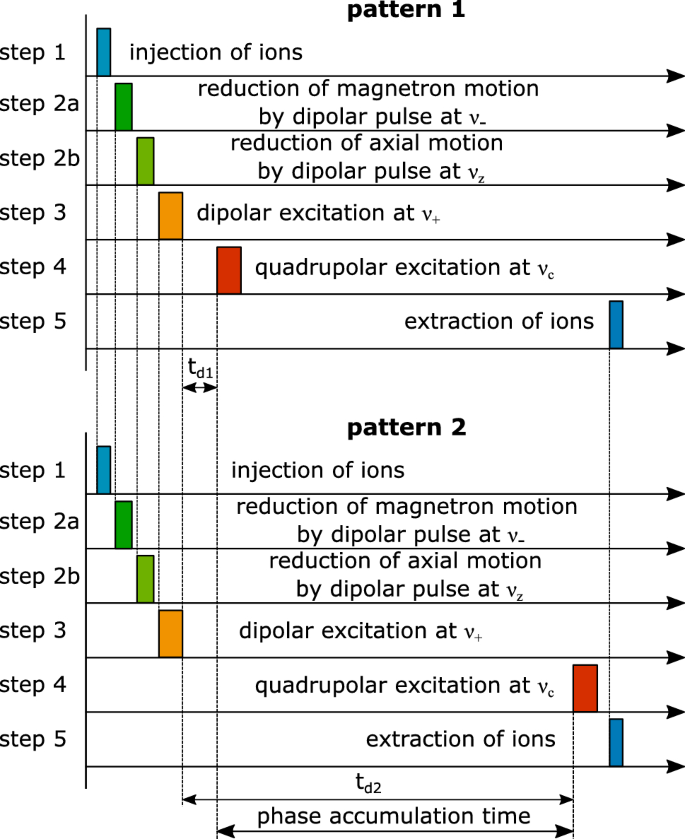

Tomas Y Abay, in Encyclopedia of Biomedical Engineering, 2019 Estimation of Oxygen Saturation It results from lung impedance artifact, due to breathing, that occurs while the ECG is acquired with surface electrodes. Key pulse oximetry features include SpO 2 accuracy, accuracy under conditions of motion, accuracy under conditions of low perfusion, signal inadequacy indication, and protection from excessive temperatures.Ī respiration waveform can be isolated from lowpass filtering of the ECG waveform.

Joe Kiani and Mohammed Diab applied adaptive noise cancellation to pulse oximetry, for accurate estimation in the presence of reduced signal-to-noise ratio. Scott Wilber replaced the Beer-Lambert law with a calibration curve, which enabled accurate estimates throughout the range of SaO 2. Originally based on the Beer-Lambert law, pulse oximetry estimation of arterial saturation of oxygen became accurate in the range of 90%–100% when Takuo Aoyagi realized that only pulsatile changes in light transmission were necessary for estimating hemoglobin concentrations. This increase in patient safety is based on the relationship between arterial saturation of oxygen and partial pressure of arterial oxygen, which is known as the oxyhemoglobin dissociation curve. Pulse oximetry has been a standard of care since 1986 it allows anesthesiologists to ensure that oxygen is being adequately transported to the tissues during mechanical ventilation. Originally used in the operating rooms of hospitals, pulse oximeters migrated to intensive care units and then to patient clinics. Gail Baura, in Medical Device Technologies (Second Edition), 2021 SummaryĪ pulse oximeter is an instrument that estimates and displays the arterial saturation of oxygen.


 0 kommentar(er)
0 kommentar(er)
